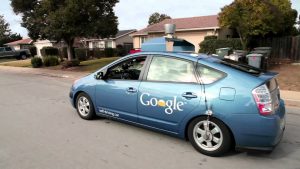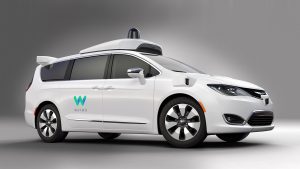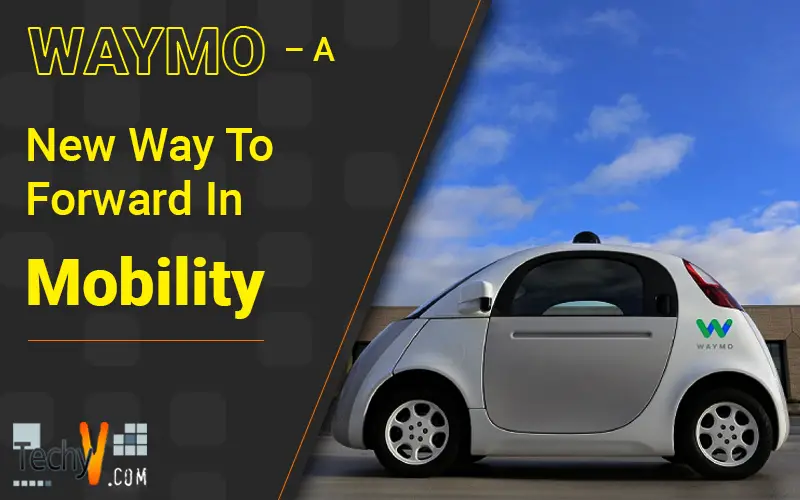‘Google’– In today’s socially growing world, there is no person who doesn’t know the name. It has proved to be the best search engine that answers any of your questions. Google doesn’t want to just remain as a search engine but aimed at ruling the world with its technological researches and inventions. One outcome of such projects is Google’s self-driving car.

We spend so much of our lives driving from place to place and according to an estimation about 1.25 million people die every year due to accidents and this death rate record was the reason behind the invention of these cars. The project’s mission is to make things easier and safe for the people to commute around.
The team of Google started working on these driverless cars since 2009. In 2012, Steve Mahan, erstwhile CEO of Santa Clara Valley Blind Center and 95% blind, rode the car accompanied by a test driver. Later in 2014 another, he experienced a test drive in a closed area. But in 2015, a new prototype was released: a car with no pedal, no driver, and no steering wheel. Santa, in 2015, experienced a ride in this world’s first true driverless car on public roads. This autonomous car led by Google is now handed over to its parent company Alphabet, and the project is named as WAYMO stands for new ‘way forward in mobility’ head by CEO John Krafcik. The company in partnership with the Fiat Chrysler Automobiles built 100 minivans that represent the upgrade of WAYMO’s fleet.

Now the question is how these self-driving cars work?
- One of the important functions of the car is to detect any object or obstacles around the car. WAYMO’s sensors are a lot more impressive than anyone could think of which can detect not just the vehicles or pedestrians but even their hand gestures to predict the next turns. These amazing sensors are built using LIDAR (Light Detectors and Ranging) systems that use light to discern any obstacles within the range of 200 yards.
- There is a need for a horn as well for any car to honk at in a ride. WAYMO has integrated a polite horn initially in its technology but, later with improvement in the honking algorithm they created a horn with variations in the sound. Its intensity depends on the situation say if it’s an emergency, the noise is loud.
- At the inside center, a smart AI system is present that controls all the functions from brakes to everything. It gathers the data about the driving and also shares it with the other self-driving cars for better the experience.
The cars had toured about 2 million miles in the streets of California and San Francisco, and are still being tested on the roads every day. Google reported that there were 14 collisions among which 13 were the fault of the other drivers and one was their responsibility because the car tried to avoid some obstacle and in the process, it collided with a bus. Well, the company stated that they would take it as a learning experience, since AI learns from experiences.
The cars are being sent on different roads and tested every day and upgrading the system. If you are worried about the experience of these cars, then take a chill pill because the project started eight years back and these vehicles traversed more than an experienced driver would have done.
Although there are certain limitations that the car may not recognize few potholes or a person asking the car to stop. Also, the company has to test the vehicles more and more in different climatic conditions say in rains, snow, etc. These cars promise to reduce the number of collisions and make the things easier and safer to the world.



















